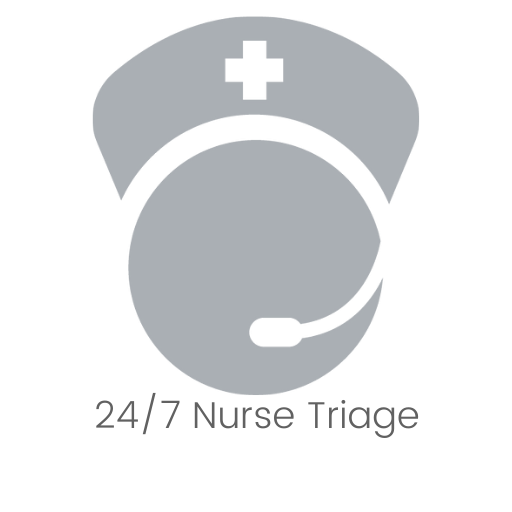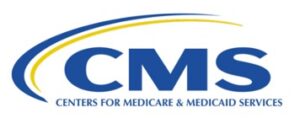Remote Monitoring
Elements for Effective Remote Monitoring
- Biometric Data
- Continuous (cRPM)
- PERS
- Remote Monitoring
- Alerts Management
- 24/7 Nurse Triage

Biometric Data

Continuous (cRPM)

PERS

Remote Therapeutic Monitoring

Alerts Management

24/7 Nurse Triage
Common Biometric Devices
- Blood Pressure Cuff
- ECG + Stethoscope
- Pulse Oximeter
- Wearable / Activity Tracker
- Glucometer
- Thermometer
- Weight Scale

Continuous (cRPM) Solutions
Our cRPM solution includes the latest in AI and machine learning technology for Aging-in-Place for your patients who are experiencing physical and/or cognitive impairment. This technology is powered by an award-winning partnership with one of the most recognized and trusted technology brands in the world.
Continuous remote patient monitoring (cRPM) solutions provide continuous real-time data that allow the Care Team to more efficiently target care resources as early as possible to where they are needed. The amount of data can be overwhelming and require clinical protocols and AI to filter the continuous data in order to identify patterns that trigger alerts and planned responses.

PRESSURE

BED

DOOR

TEMP & HUMIDITY

MOVEMENT
PRESSURE
BED
DOOR
TEMP/HUMIDITY
MOVEMENT
“The rapid adoption of RPM during the pandemic has set the stage for strong additional RPM uptake over the next five years. Among the reasons (medical) providers are jumping into RPM investments is patient preference… Now that providers have seen that RPM has a real purpose, future use is all but given.”

About CPT Code 99454 – Remote Patient Monitoring
RPM expense code CPT 99454 includes the medical device or devices supplied to the patient, the programming of the medical device for repeated monitoring, and costs to ensure secure transmission of the biometric data through the cloud for evaluation. The medical devices that are supplied to the patient and used to collect physiologic data are considered equipment and as such are direct practice expense inputs relative to this code.

PERS
Subject to the assessment of the patient’s Care Team, a Personal Emergency Response System Device (PERS) can be a valuable addition to the prescribed monitoring strategy. Key features are Falls Detection, GPS Location, and connectivity that allows the patient maximum independence.
The key is successful integration of the PERS capability into the Care Management Ecosystem.
Remote Monitoring
One size does not fit all in remote patient monitoring. RPM Technology is evolving quickly and a capital investment in owning frequently-updated RPM devices and systems can be problematic for a healthcare organization.
Remote Patient Monitoring (RPM) biometric devices track essential vital signs such as blood pressure, heart rate, blood glucose levels, oxygen saturation and temperature, and transmit them to the patient’s treating physician.
About CPT Code 99454 – Remote Patient Monitoring
RPM expense code CPT 99454 includes the medical device or devices supplied to the patient, the programming of the medical device for repeated monitoring, and costs to ensure secure transmission of the biometric data through the cloud for evaluation. The medical devices that are supplied to the patient and used to collect physiologic data are considered equipment and as such are direct practice expense inputs relative to this code.

Alerts Management
24/7 Triage and Alerts Management capability using best practices procedures and staffed by our remote Care Team is a critical function for our remote Care Team Members. Patient or family caregiver requests, and Biometric, cRPM, or PERS Data can be assessed and triaged upstream of the day-to-day clinical workflow of our Client Healthcare Organizations.
24/7 Nurse Triage
Our Client’s EHR is not the right tool for the ALERTS MANAGEMENT job, and each Alert can be processed and resolved upstream in the workflow before the outcome id transmitted in the EHR, and the Treating Physician can be notified at any point in the process.

CMS Care Management Guidelines:
- Provide 24-hour-a-day, 7-day-a-week (24/7) access to physicians or other qualified health care professionals or clinical staff, including providing patients (and caregivers as appropriate) with a means to make contact with health care professionals in the practice to address urgent needs regardless of the time of day or day of week.
- Ensure continuity of care with a designated member of the care team with whom the patient is able to schedule successive routine appointments.
- Provide enhanced opportunities for the patient and any caregiver to communicate with the practitioner regarding the patient’s care by telephone and also through secure messaging, secure Internet, or other asynchronous non-face-to-face consultation methods (for example, email or secure electronic patient portal)

“The rapid adoption of RPM during the pandemic has set the stage for strong additional RPM uptake over the next five years. Among the reasons (medical) providers are jumping into RPM investments is patient preference… Now that providers have seen that RPM has a real purpose, future use is all but given.”
